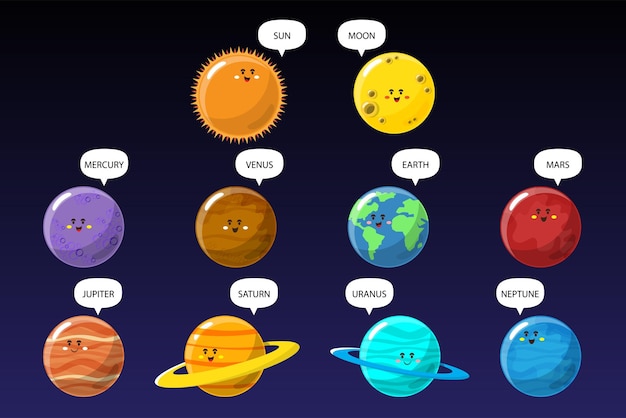Amazing Facts About Saturn

Saturn is the sixth planet from the Sun.
Saturn is known for its distinctive set of rings made of ice and debris.
Saturn’s rings are not solid but are composed of countless individual particles.
The rings of Saturn are constantly changing and evolving.
Saturn’s rings can be seen from Earth with a small telescope.
Saturn has the most extensive ring system of any planet in our solar system.
Saturn’s rings are made up of billions of icy particles ranging in size from dust grains to huge chunks several meters in diameter.
The rings of Saturn are several hundred thousand kilometers in diameter but are only a few kilometers thick.
Saturn’s rings are believed to be relatively young, maybe only a few hundred million years old.
The Voyager spacecraft discovered that there are gaps within Saturn’s rings caused by the gravitational interactions with Saturn’s moons.
Saturn is the second largest planet in our solar system, after Jupiter.
Saturn has a large and powerful magnetic field that is over 800 times stronger than Earth’s.
Saturn’s magnetic field is the second most intense magnetic field in our solar system, after Jupiter’s.
Saturn’s magnetic field is tilted by about 27 degrees with respect to its rotational axis.
Saturn has a dense atmosphere composed mostly of hydrogen and helium.
Saturn’s atmosphere is known for its distinctive cloud bands.
Amazing Facts About Saturn part 2
The winds on Saturn can reach speeds of up to 1,800 kilometers per hour.
Saturn has a hexagonal shaped storm at its north pole, which is a unique feature in our solar system.
Saturn has more than 60 confirmed moons.
Titan, one of Saturn’s moons, is the second largest moon in our solar system and has a thick atmosphere.
Enceladus, another moon of Saturn, has plumes of water vapor erupting from its surface.
Saturn’s largest moon, Titan, has methane lakes and rivers on its surface.
Saturn’s moon Enceladus has geysers that shoot icy particles into space.
Mimas, one of Saturn’s moons, has a massive crater called Herschel that gives it a resemblance to the Death Star from Star Wars.
Saturn’s moon Iapetus has a unique two-tone appearance, with one side being significantly darker than the other.
Some of Saturn’s moons are believed to have subsurface oceans that could potentially harbor life.
Saturn has a famous storm called the Great White Spot, which occurs approximately every 30 Earth years.
The Great White Spot on Saturn can last for several months and is visible even from Earth with a telescope.
The Cassini spacecraft provided detailed information about Saturn and its moons during its mission from 2004 to 20
The Cassini spacecraft made several flybys of Saturn’s moons, capturing stunning images and collecting valuable data.
Saturn’s rings are named alphabetically based on when they were discovered, starting with the D ring closest to the planet.
The rings of Saturn were named after letters of the alphabet because they were initially thought to be solid and continuous.
Saturn’s rings are continuously bombarded by micrometeoroids, which erode the particles and cause them to lose mass over time.
The gravitational interaction between Saturn and its moons creates gaps and differences in density within the rings.
The rings of Saturn are not uniformly bright but have both bright and dark areas caused by variations in composition and density.
Saturn’s rings are thought to have formed from the debris of a moon or a comet that was shattered by tidal forces.
The rings of Saturn have been studied extensively using Earth-based telescopes, flyby missions, and even the Hubble Space Telescope.
Saturn’s rings are scientists’ favorite natural laboratory for studying how planetary systems form and evolve.
The sunsets on Saturn are incredibly beautiful due to the scattering of sunlight by the planet’s dense atmosphere.
Saturn’s rings are a symbol of the delicate balance between gravitational forces and the effect of nearby moons.
The rings of Saturn can teach us valuable lessons about the fragility and resilience of planetary systems.
Saturn’s rings provide a stunning visual spectacle and inspire awe and wonder about the mysteries of our universe.
The study of Saturn and its rings has helped scientists better understand the formation and dynamics of planetary systems.
Saturn’s rings remind us of the intricate beauty and complexity found in the natural world.
Exploring Saturn and its rings is a testament to human curiosity and the drive to uncover the secrets of our cosmic neighborhood.